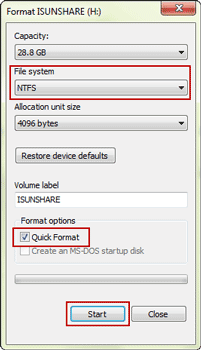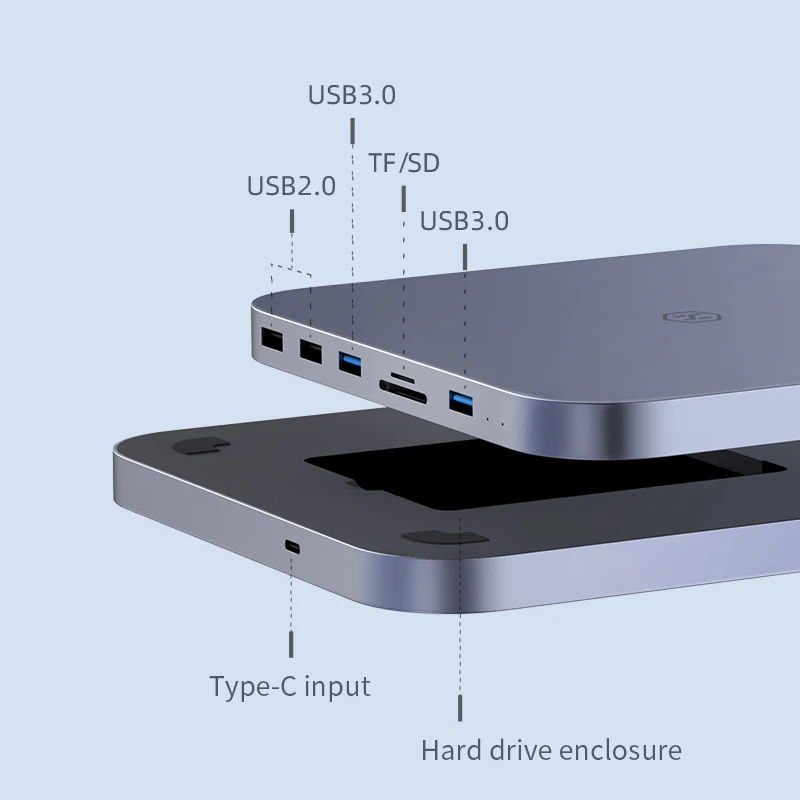

- #Usb firmat for mac serial numbers#
- #Usb firmat for mac mac os x#
- #Usb firmat for mac mac os#
- #Usb firmat for mac portable#
The iPod Shuffle’s slow write speed on the other hand was a little surprising. Not unexpectedly, the lowest capacity DataTraveler performed the best.
#Usb firmat for mac portable#
Now that the formatting question has been resolved, let’s have a brief look at how the different Flash Memories perform that I can find around the house.īesides 1, 2, and 4 GByte models of the Kingston DataTraveler, I have a 1 GByte SD-Card, which I have hooked up with a Hi-Speed ZiO Portable Secure Digital & MultiMediaCard USB 2.0 Reader/Writer, and also a 1 GByte first-generation iPod Shuffle that will be put to the test: Different Flash Memories / Transfer-Write Speed
#Usb firmat for mac mac os#
Since I’m going to use the Flash Drive only on a Mac, my favorite format for the Flash Drive is going to be Mac OS Extended (Case-sensitive). MS-DOS was with 4.35 MByte/s close to the transfer speed winner, Mac OS Standard: 4.62 MByte/s. The UNIX file system performed worse when we looked at the transfer speed for larger files (2.45 MByte/s).

However, writing the 203 smaller files took over a minute on the MS-DOS formatted drive, a task that was performed in less then 5 seconds on any other format. Not only does the Flash-Drive when formatted in MS-DOS FS provide the biggest storage capacity (960.5 MByte), the stored files also occupy the least amount of storage space (581.2 MByte). Kingston 1 GB Data-Traveler / Transfer-Write Speed with different Formatting OptionsĬonsidering Storage Efficiency, MS-DOS File System is the clear winner.
Check used storage after all files were transferred. Measure transfer speed while coping the large files. Copy 5 large files (total 580.4 MB) and 203 small files (total 812 KB) to the flash drive.  Check available storage capacity after formating. We used a Kingston 1 GB Data-Traveler Flash Drive and performed the following tests with every available format: However, flash memory has a limit when it comes to how often a memory location can be changed and therefore, Journaling doesn’t seem to be the first choice when it comes to Flash-Drives.
Check available storage capacity after formating. We used a Kingston 1 GB Data-Traveler Flash Drive and performed the following tests with every available format: However, flash memory has a limit when it comes to how often a memory location can be changed and therefore, Journaling doesn’t seem to be the first choice when it comes to Flash-Drives. #Usb firmat for mac mac os x#
If your computer stops because of a power failure or some other issue, Mac OS X uses the journal to recover the hard disk to the last acceptable state before it stopped. If journaling is turned on for a disk, Mac OS X maintains a continuous record of changes to files on the disk.
Since the storage efficiency of Mac OS Extended format typically applies to 1 GB or larger volumes, Flash Drives with a capacity below 1 GB may still benefit from the MAC OS Standard format. MAC OS Standard a.k.a HFS on the other hand does not support file names > 31 chars, it does not support additional meta-information used by Mac OS X, has as limit of 65k allocation blocks, and is more error-prone than HFS+. However, Mac OS Extended format optimizes the storage capacity of large hard disks by decreasing the minimum size of a single file. Mac OS Extended format is a hard disk format that increases the number of allocation blocks on the disk and also allows more than 65,000 files on the hard disk. HFS+ seems to have a lot of advantages over MAC OS Standard a.k.a HFS. But how do all these formats compare and which one should be used, if Macs running OS X are the only computers the Flash-Drive will ever be used with? The same is true for UNIX, which makes UNIX-FS the obvious, best choice. If the flash drive needs to be used on a Windows PC as well, then MS-DOS FAT32 File System is the one and only option available. MAC OS Extended (Case-sensitive, Journaled)Īnd the best format to chose really depends on the intended use of the drive. When formatting a USB Flash Drive (or any drive for that matter) OS X offers the following 7 choices: Putting everything on a USB Flash Drives may be a good solution but I’m just exploring the possibility while I’m writing this, so let’s see how it goes. Currently, the password tool ( Pastor) and the data file are located on my Power Mac G5, which of course is a problem when I need to lookup a password when away from the G5, like at work for instance. all RC4-encrypted and password-protected. #Usb firmat for mac serial numbers#
Since a while back, I’m using a tool to store all my passwords, website logins, program serial numbers etc.







 0 kommentar(er)
0 kommentar(er)
